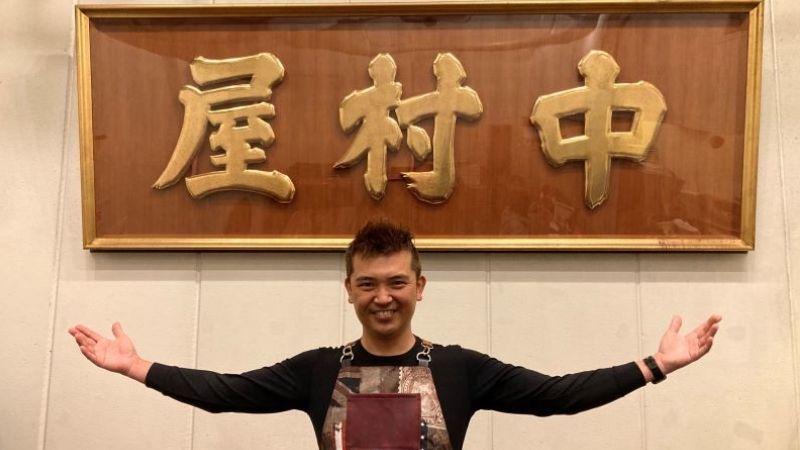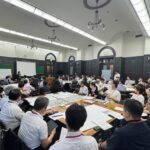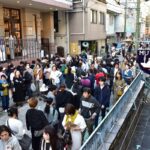
Recent Comments
-
By the way, I wondered what YGS stands for—turns out it’s ‘YOKOHAMA GODO CHOSHA’…
-
>No. 9 Sendai >The noodles and soup feel ‘baptized’… Religion? lol Maybe ‘refined’ was the word?
-
This comeback after closing seems like a well-thought-out strategy… Impressive.
Men-dokoro Nakamura-ya Ebina
Men-dokoro Nakamura-ya Ebina is a historic Japanese restaurant located in Ebina, Kanagawa Prefecture, known for its traditional soba noodles. Established in the early 20th century, it has preserved its authentic Edo-style soba-making techniques, offering a taste of Japan’s culinary heritage. The restaurant is housed in a charming, well-maintained traditional building, adding to its cultural and historical appeal.
Sky Drop
“Sky Drop” is a thrilling amusement ride often found in theme parks, known for its sudden, dramatic drops from great heights, simulating a free-fall experience. Inspired by classic drop tower rides, it became popular in the late 20th century as technology allowed for taller, faster, and safer designs. While not tied to a specific historical site, it reflects modern engineering and the public’s love for adrenaline-pumping entertainment.
Star Fried Rice
“Star Fried Rice” is not a widely recognized cultural site or historical place, but it may refer to a popular dish or a local eatery known for its signature fried rice. If it is a restaurant, it likely gained fame for its unique recipe or flavors, possibly rooted in a specific culinary tradition like Chinese or Southeast Asian cuisine. Without more context, it’s challenging to provide a detailed history, but such names often highlight a dish or establishment celebrated for its taste and cultural appeal.
Hamshinro
Hamshinro is a historic guesthouse located in Bukhara, Uzbekistan, dating back to the 19th century. Originally built as a traditional caravanserai, it served as a resting place for merchants traveling along the Silk Road. Today, it has been restored as a cultural site and hotel, showcasing Bukhara’s rich architectural heritage with its ornate wooden columns and intricate Islamic designs.
Hamasta
There is limited widely known information about a place or cultural site called “Hamasta.” If you are referring to **Hamastan**, it is a term sometimes used colloquially to describe the Gaza Strip under Hamas control, but it is not an officially recognized name. Alternatively, if you meant a different location, please provide more details so I can offer a more accurate summary.
YOKOHAMA GODO CHOSHA
Yokohama Godo Chosha refers to the joint government office building in Yokohama, Japan, which houses various administrative offices. Constructed to centralize public services, it reflects the city’s modernization and urban development. While not a historical site itself, it represents Yokohama’s role as a key port city and its ongoing administrative evolution.
No. 9 Sendai
No. 9 Sendai is a historic building located in Sendai, Japan, originally constructed in the early 20th century during the Taishō era. It served as a residence and later became a cultural landmark, reflecting Western-inspired architectural styles of the period. Today, it is preserved as a symbol of Sendai’s modernization and is occasionally used for exhibitions and events.






